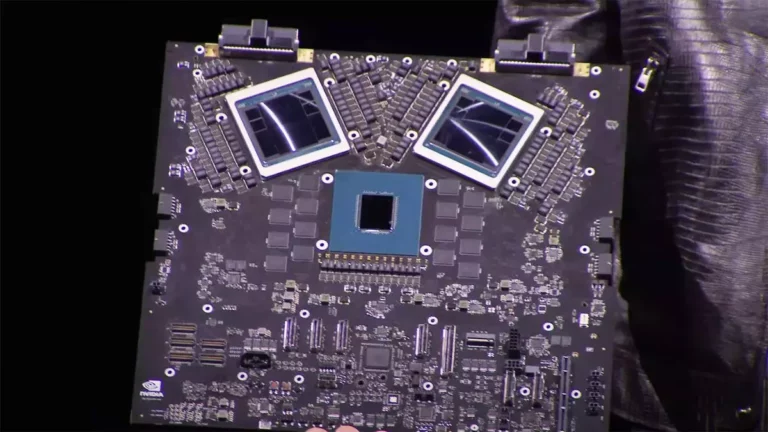The ongoing NVIDIA GPU shortage has become a hot topic, striking a chord with tech enthusiasts and businesses alike. Sam Altman, CEO of OpenAI, recently expressed frustration on social media platform X (formerly Twitter) regarding OpenAI’s inability to procure sufficient GPUs to meet the increasing demands for its advanced AI models. This shortage looms especially large as OpenAI prepares to roll out its latest model, GPT-4.5, alongside its Plus subscription tier.
A Challenge for AI Development
Altman’s lament about being “out of GPUs” encapsulates a broader dilemma faced by many companies operating in the AI sector, particularly those reliant on high-performance computing. The demand for enterprise-grade GPUs, like the Nvidia DGX B200 and DGX H200 platforms, has surged in recent years, driven by innovations in artificial intelligence and machine learning. These GPUs are not your everyday graphics cards; they are robust, specialized computing units designed to handle extensive machine learning workloads.
The tension in Altman’s voice reflects a challenge that many tech executives are grappling with: the ability to forecast growth accurately. “We really wanted to launch it to Plus and Pro at the same time,” Altman notes, emphasizing the pressures involved in managing rapid growth alongside limited resources. His acknowledgment that OpenAI’s development pace has been stymied by GPU shortages not only humanizes the tech titan but also highlights the vulnerability of even the most advanced companies in the face of supply chain constraints.
The current GPU scarcity is the result of a confluence of factors. Rampant demand from enterprise customers, coupled with a slowdown in production of older models, has exacerbated the situation. Nvidia, which has long been a leader in providing GPUs for AI applications, is feeling the pinch as well. Altman’s comments point to a shared dilemma between OpenAI and Nvidia, highlighting how market unpredictability can lead to operational hurdles for organizations reliant on high-end technology.
Moreover, the tech community is wondering when this GPU crisis will ease. Reports suggest an upswing in demand for AI applications, intensifying competition for the limited supply of GPUs. This makes it exceptionally challenging for companies like OpenAI to scale their operations as quickly as they’d like, especially in a climate where hardware availability directly correlates with innovation timelines.
Despite the existing shortages, OpenAI has expressed a commitment to address these hardware challenges through strategic planning. Notably, Altman mentions a potential initiative for OpenAI to manufacture its own AI chips, which would lessen reliance on Nvidia’s production lines in the future. Such a move could establish OpenAI as a more self-sufficient entity in the tech landscape, enabling it to innovate without the constraints of external supply chain issues.
This forward-thinking approach is indicative of the shifting dynamics within the AI sector, where being overly dependent on a single provider for critical technology can jeopardize service delivery and product launches. The idea of creating proprietary chips aligns with a broader trend where tech companies increasingly invest in their own hardware solutions to maintain competitive orders and foster innovation.
The Exciting Potential of GPT-4.5
Amidst these operational challenges, there remains palpable excitement surrounding GPT-4.5. Altman describes it as a transformative model that mimics conversing with a thoughtful individual. His enthusiasm suggests that, despite the GPU crisis, OpenAI has achieved significant strides in the efficacy and intelligence of its AI offerings. “It is the first model that feels like talking to a thoughtful person to me,” he asserts, indicating the high expectations he has for user engagement with this product.
While Altman acknowledges that GPT-4.5 may not yet set new benchmarks, his belief in its potential suggests an eagerness to deliver value to subscriber tiers. For those waiting in anticipation of utilizing this advanced technology, Altman’s insights are promising, even if tempered by logistical frustrations.
Altman’s concerns spotlight the significant hurdles companies like OpenAI face as they navigate rapid growth amidst hardware shortages. However, by exploring self-sufficient solutions and relentlessly pursuing innovation, the future holds potential not just for OpenAI, but for the entire AI landscape. The promise of new models like GPT-4.5 shines brightly, even in the shadow of supply chain challenges.


Leave a Reply